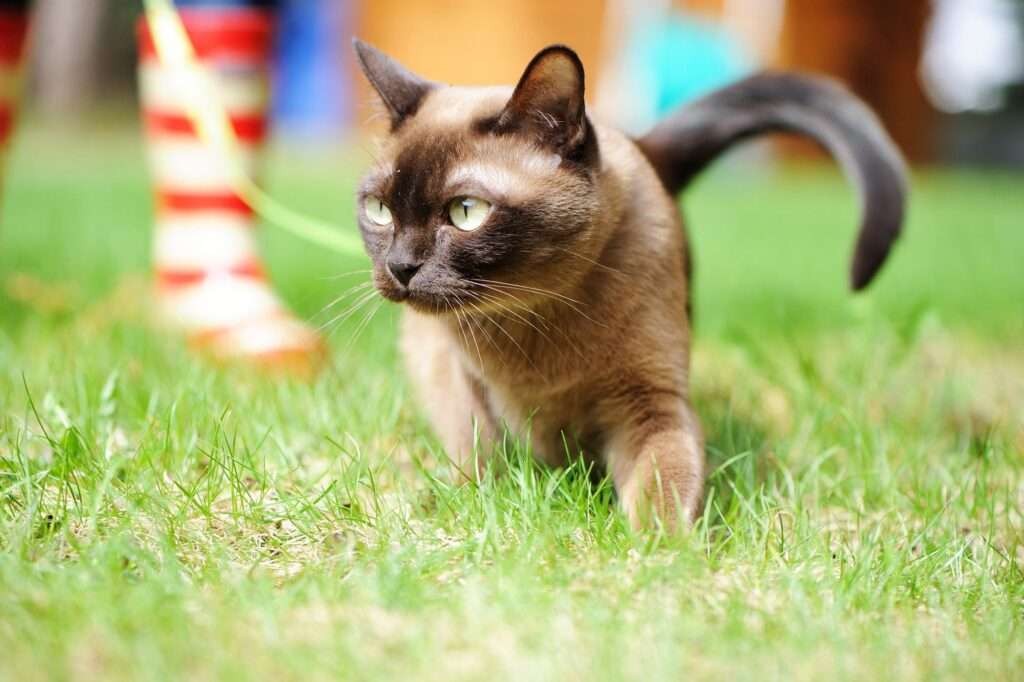
Description
Size: 6-16 pounds
Instead of developing a different colour pattern as they age, kittens are essentially smaller versions of the adult pattern. These black-and-white beauties come in many sizes and forms, but thanks to their neat tux-like markings, they always appear a little more refined than their peers. Grey cats might have a similar bicolor pattern, but they aren’t typically referred to as tuxedo cats.
Origin and History
Since tuxedo cats are not a breed, it is difficult to pinpoint their ancestry. Ancient Egypt is where tuxedo cats originally emerged, long before tuxedos were fashionable. The Egyptians of antiquity adored cats. Ancient Egyptian tombs from the period of the Pharaohs contain tuxedo cats. Ancient Egyptians are said to have revered cats, and it’s possible that they interred them with their owners so they would have company in the afterlife.
Behavior
Activity Level: varies
Social Needs: Tuxedo cats have unique personalities all their own. They mark off specific regions of the house as their own, frequently dragging a blanket and toys with them.
Since breeds might differ, every tuxedo cat will have a special personality all their own. Tuxedo cats are recognized to have a few distinctive characteristics, though: Friendly and outgoing, Talkative, Active and playful, Loyal and dog-like, Relaxed and extremely intelligent.
According to All about Cats, tuxedo cats are frequently perceived as being more friendly than other felines, however research has debunked this idea. Since tuxedo cats date back to Ancient Egypt, they have had plenty of time to get used to people while still having distinctive personalities that can vary just as much as their coat markings.
There is no proof that your cat’s intelligence will be affected by the colour of its coat, contrary to several urban legends that claim tuxedo cats are more intelligent than other cats. Because of this, your cat’s intelligence will be determined by its breed rather than by its pattern.
As Pet

Grooming
A tuxedo cat will require different care depending on its breed. There is no need to treat its coat differently because of the colour pattern. By brushing your cat, you can lessen matting and possibly avoid hairballs. Every two to three weeks, trim your cat’s nails, and provide him a scratching post. As with any cat, make sure to keep up with immunizations and veterinary checkups to help prevent health issues.
Exercise
Give your cat lots of opportunities to chase toys and play, and provide cozy hiding spots. Cats enjoy taking long naps and sleeping a lot, so give them a cozy bed and various spots to laze throughout your living space. Indoor cats will require a peaceful location for their litter box. At least once per week, make sure to completely empty and clean the box. You may maintain things neat by using clumping litter and sweeping up the clumps every day.
Diet and Nutrition
The food for your tuxedo cat should be the same as for other cats of the same breed. Your cat doesn’t need to eat caviar, despite the fact that it may be dressed to the nines. Although a wet food diet is frequently recommended, you can also give your cat dry food to nibble on. If your cat has diabetes, is obese, or is elderly, talk to your veterinarian about its needs. Your cat needs access to clean, fresh water at all times.
Table





